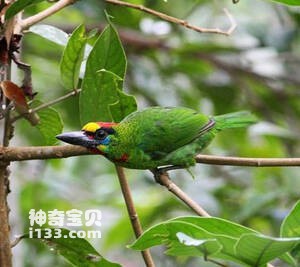
Megalaima mystacophanos
Megalaima mystacophanos,Red-throated Barbet
Megalaima mystacophanos, also known as Red-throated Barbet, is an unknown sp···
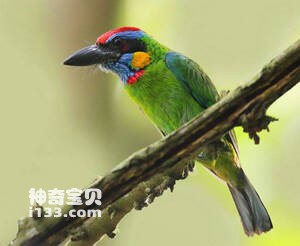
Megalaima rafflesii
Megalaima rafflesii,Red-crowned Barbet
Megalaima rafflesii, or Red-crowned Barbet, is unknown。Protect wild animals···
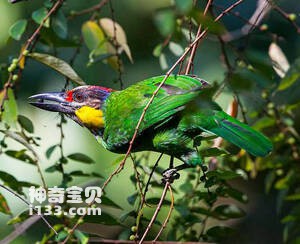
Megalaima chrysopogon
Megalaima chrysopogon,Golden-whiskered Barbet
Megalaima chrysopogon and Golden-whiskered Barbet have three subspecies. Gol···
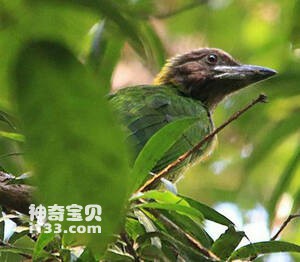
Megalaima corvina
Megalaima corvina,Psilopogon corvinus,Brown-throated Barbet
Megalaima corvina, Psilopogon corvinus, or Brown-throated Barbet, is unknown···
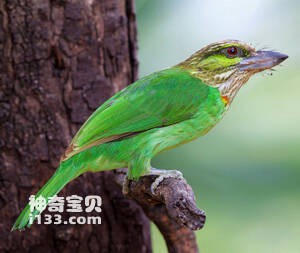
Megalaima faiostricta
Megalaima faiostricta,Psilopogon faiostrictus,Green-eared Barbet
Megalaima faiostricta, Psilopogon faiostrictus, foreign names Green-eared Ba···
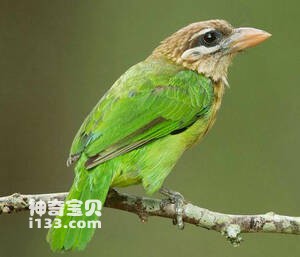
Megalaima viridis
Megalaima viridis,White-cheeked Barbet
Megalaima viridis, White-cheeked Barbet, is an unknown species。Protect wild···
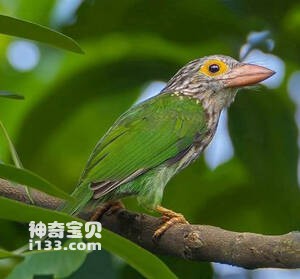
Megalaima lineata
Megalaima lineata,Lineated Barbet
Its scientific name is Megalaima lineata and its foreign name is Lineated Ba···
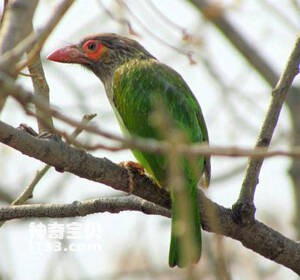
Megalaima zeylanica
Megalaima zeylanica,Brown-headed Barbet
The species is known as Megalaima zeylanica and Brown-headed Barbet.Protect ···
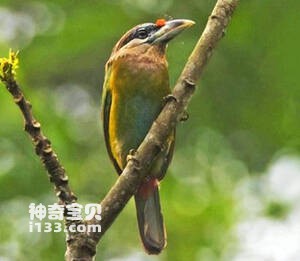
Megalaima lagrandieri
Megalaima lagrandieri,Psilopogon lagrandieri,Red-vented Barbet
Megalaima lagrandieri and Red-vented Barbet are not known。Protect wild anim···
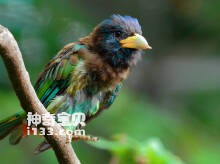
Psilopogon virens
Psilopogon virens,Great Barbet
Psilopogon virens, Great Barbet, has four subspecies (1. Megalaima virens cl···
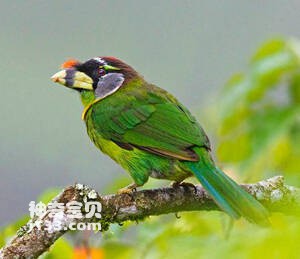
Psilopogon pyrolophus
Psilopogon pyrolophus,Fire-tufted Barbet
The species is known as Psilopogon pyrolophus and Fire-tufted Barbet。Protec···
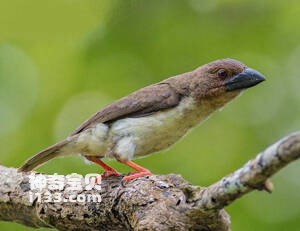
Caloramphus hayii
Caloramphus hayii,Sooty Barbet
The bird's scientific name is Caloramphus hayii, and its foreign name is···
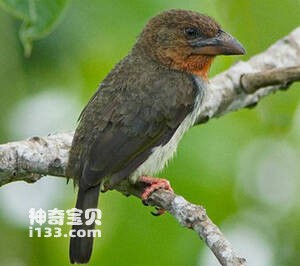
Caloramphus fuliginosus
Caloramphus fuliginosus,Brown Barbet
Caloramphus fuliginosus (Caloramphus fuliginosus) and Brown Barbet (Caloramp···
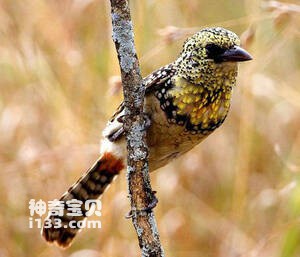
Trachyphonus usambiro
Trachyphonus usambiro,Usambiro Barbet
Trachyphonus usambiro (also known as Usambiro Barbet) was previously a subsp···
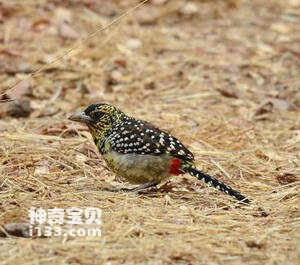
Trachyphonus darnaudii
Trachyphonus darnaudii,D’Arnaud’s Barbet
The species is known as Trachyphonus darnaudii, or D 'Arnaud's Barbe···
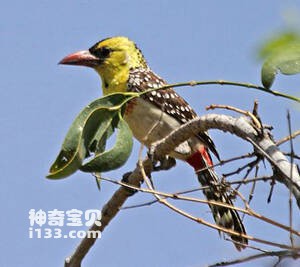
Trachyphonus margaritatus
Trachyphonus margaritatus,Yellow-breasted Barbet
Trachyphonus margaritatus and Yellow-breasted Barbet are not known.Protect w···
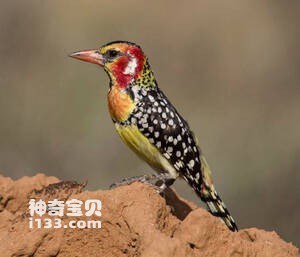
Trachyphonus erythrocephalus
Trachyphonus erythrocephalus,Red-and-Yellow Barbet
Trachyphonus erythrocephalus and Red-and-Yellow Barbet are not known.Protect···
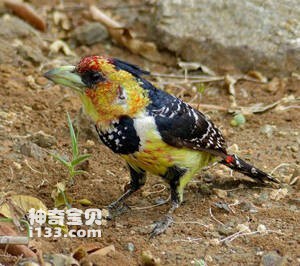
Trachyphonus vaillantii
Trachyphonus vaillantii,Crested Barbet
The species is known as Trachyphonus vaillantii or Crested Barbet, but its b···
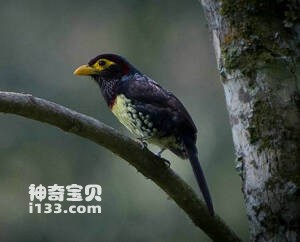
Trachyphonus purpuratus
Trachyphonus purpuratus,Yellow-billed Barbet
Trachyphonus purpuratus and Yellow-billed Barbet are not known.Protect wild ···
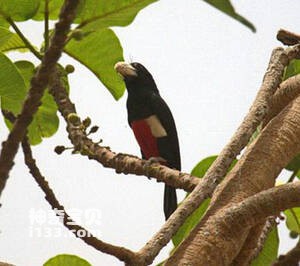
Lybius rolleti
Lybius rolleti,Black-breasted Barbet
The species Lybius rolleti and Black-breasted Barbet are unknown。Protect wi···
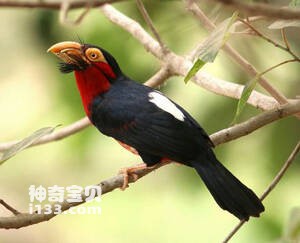
Lybius dubius
Lybius dubius,Bearded Barbet
The species is called Lybius dubius, Bearded Barbet, and its specific habit ···
